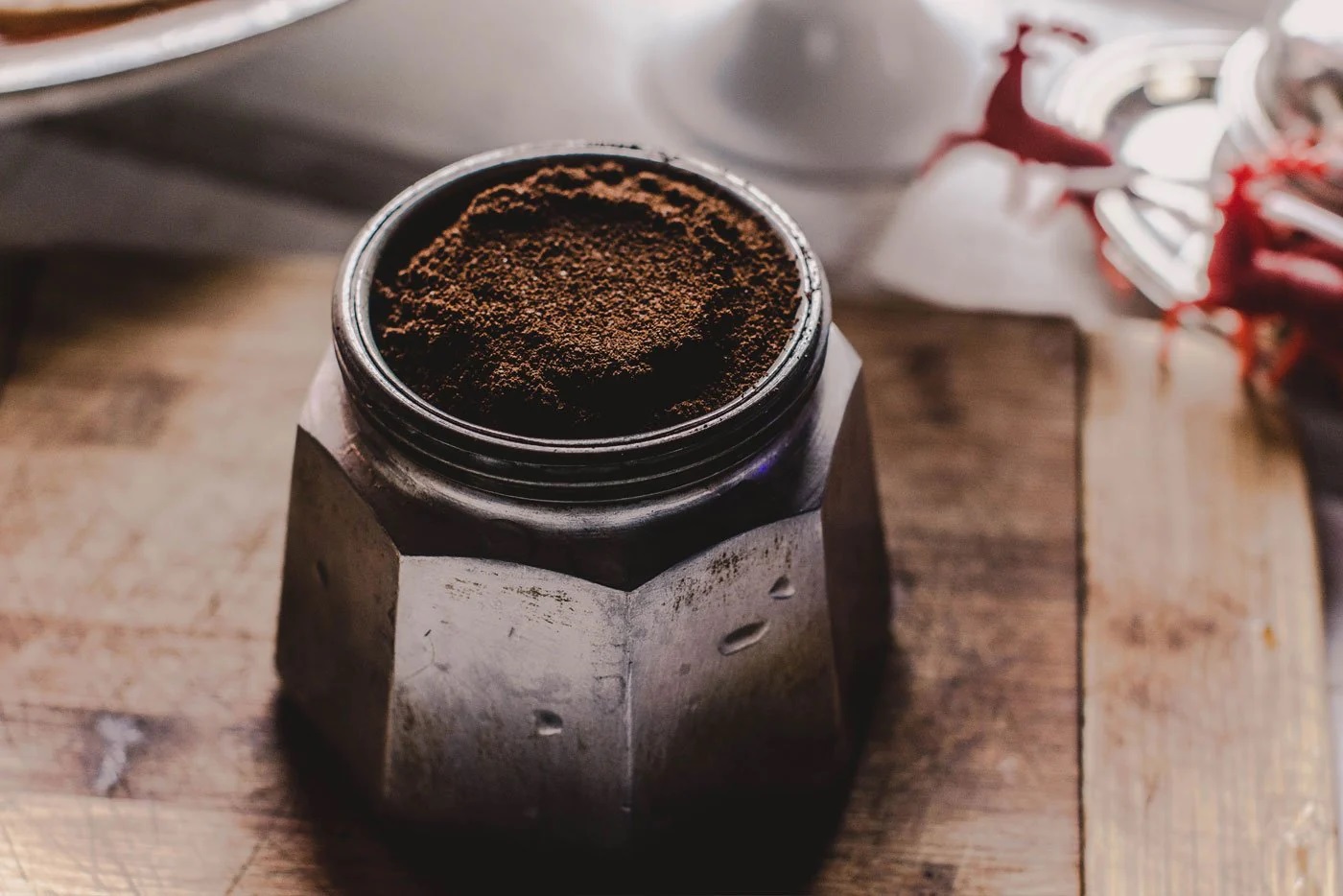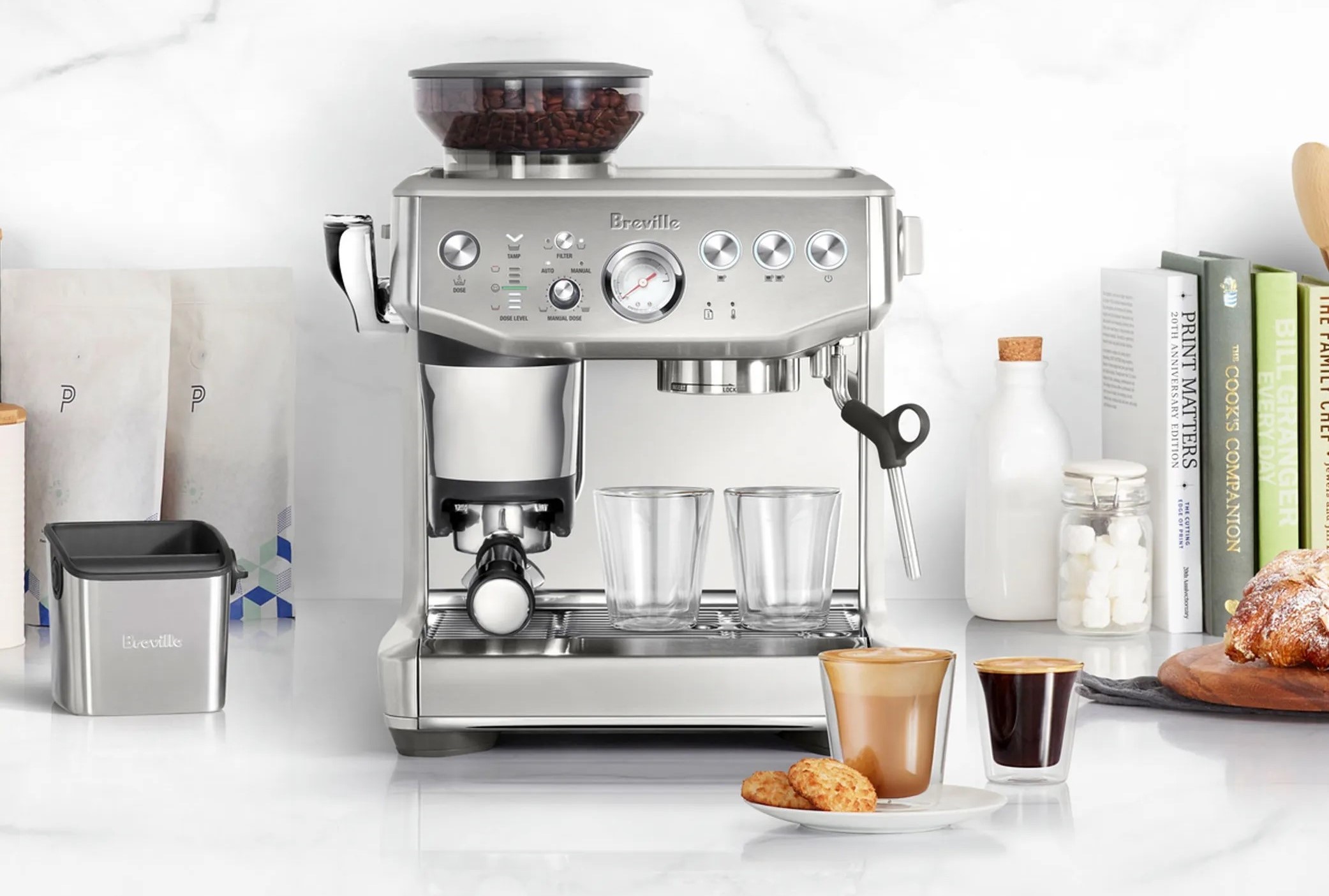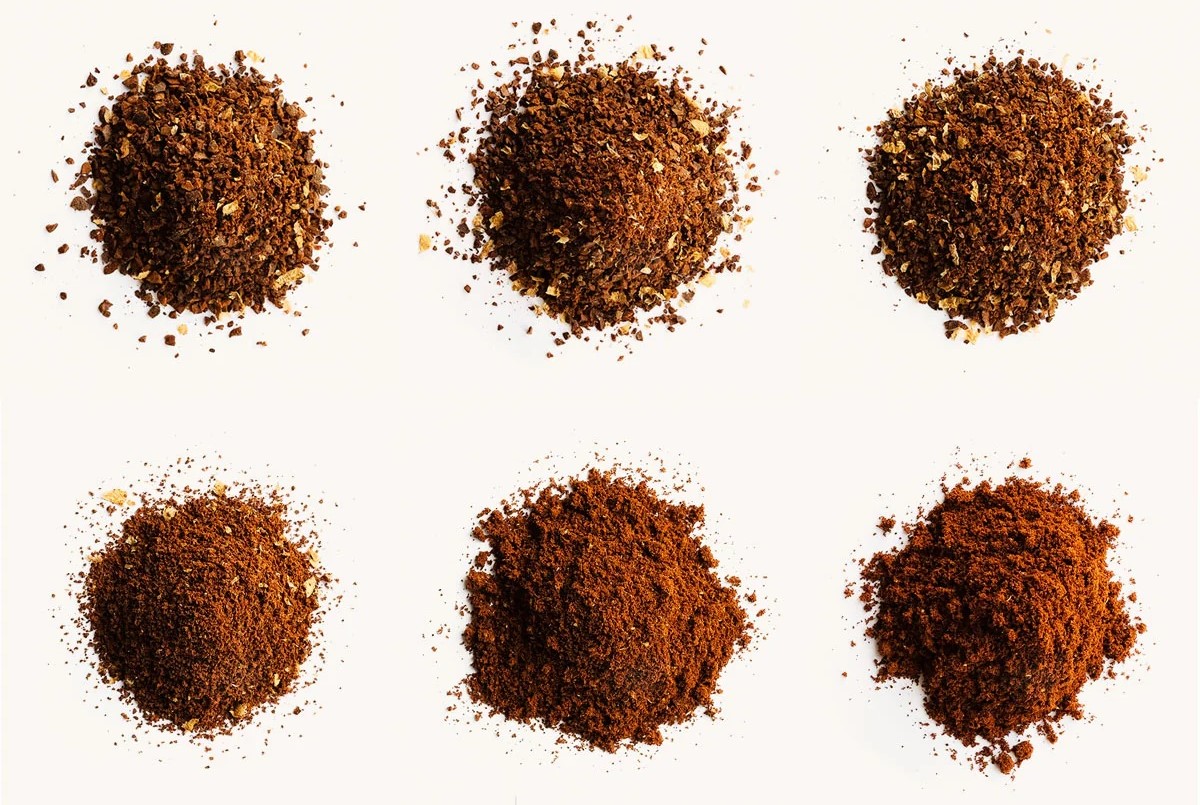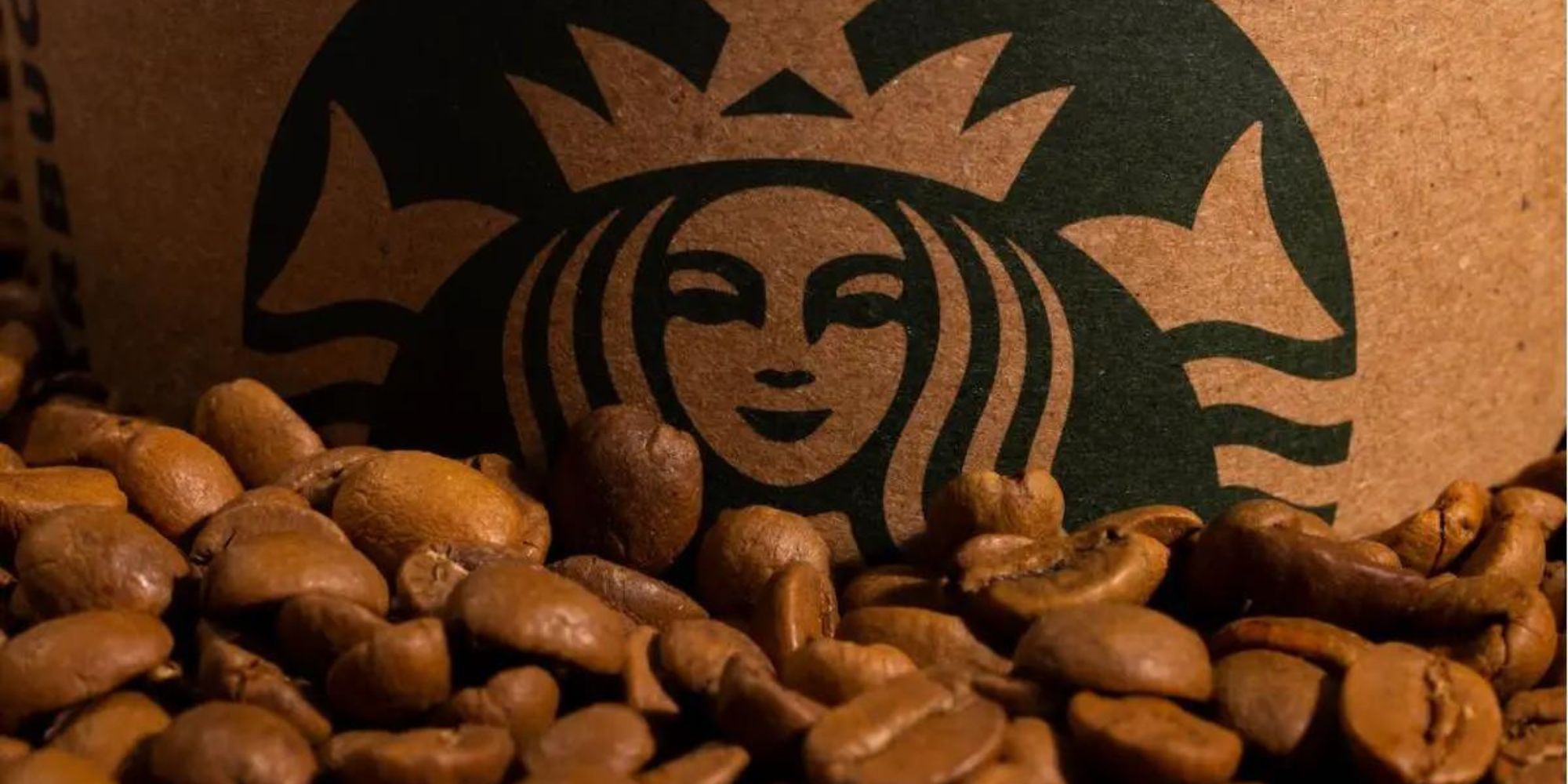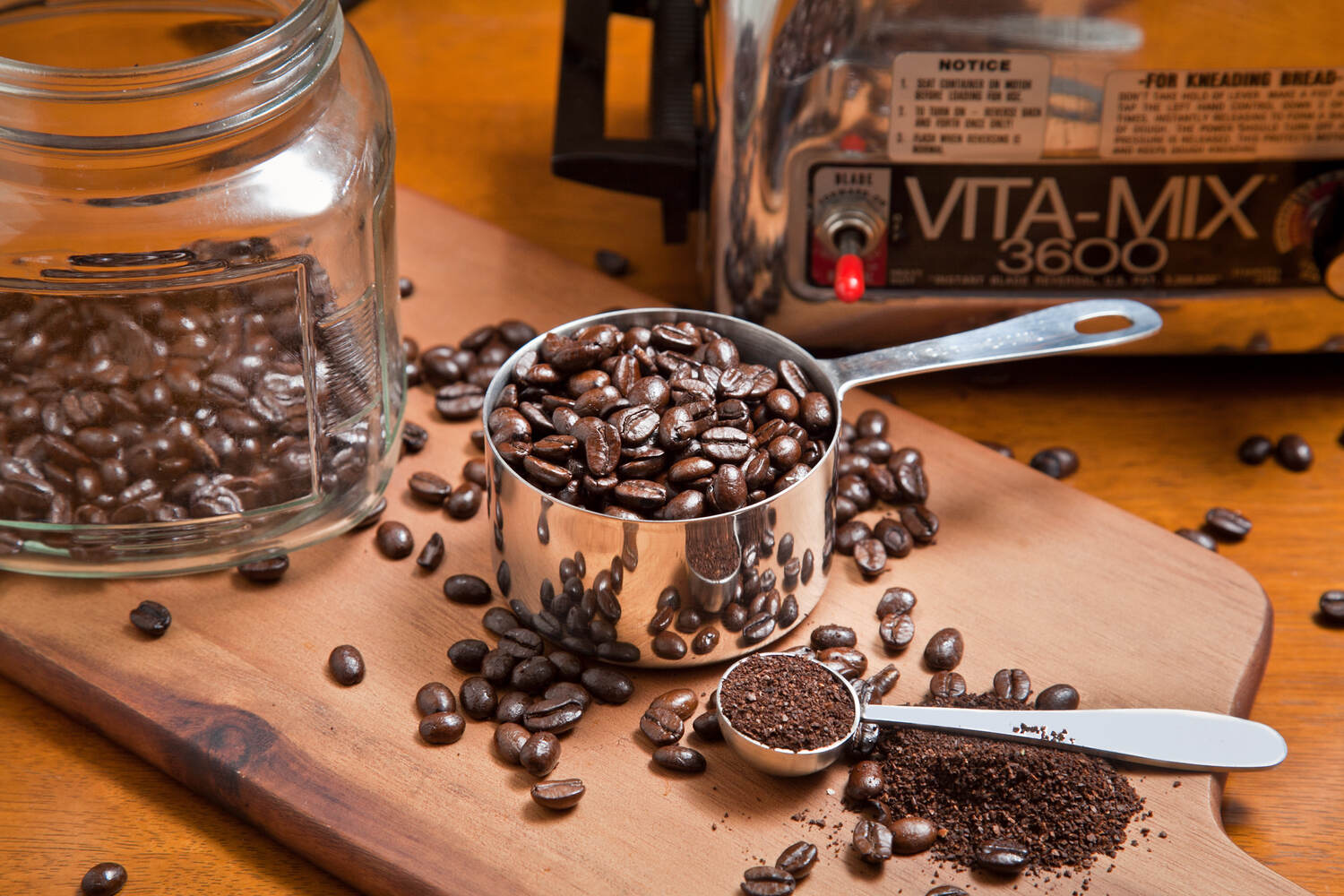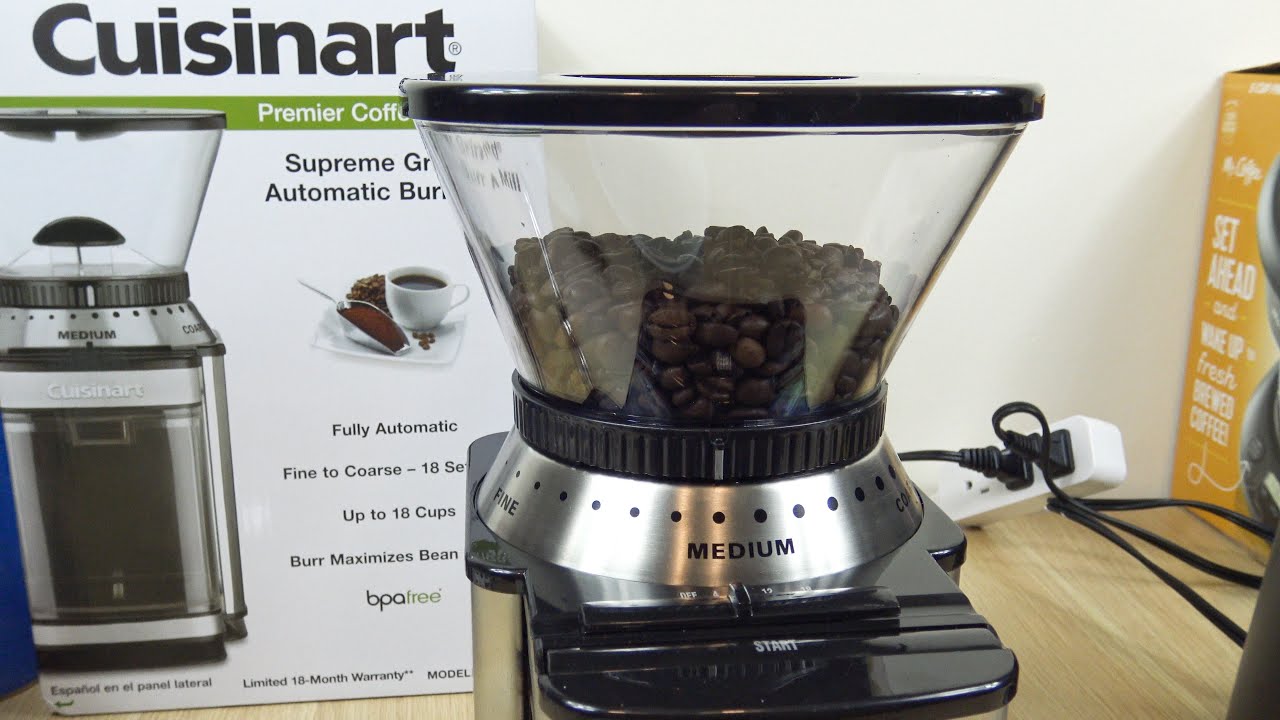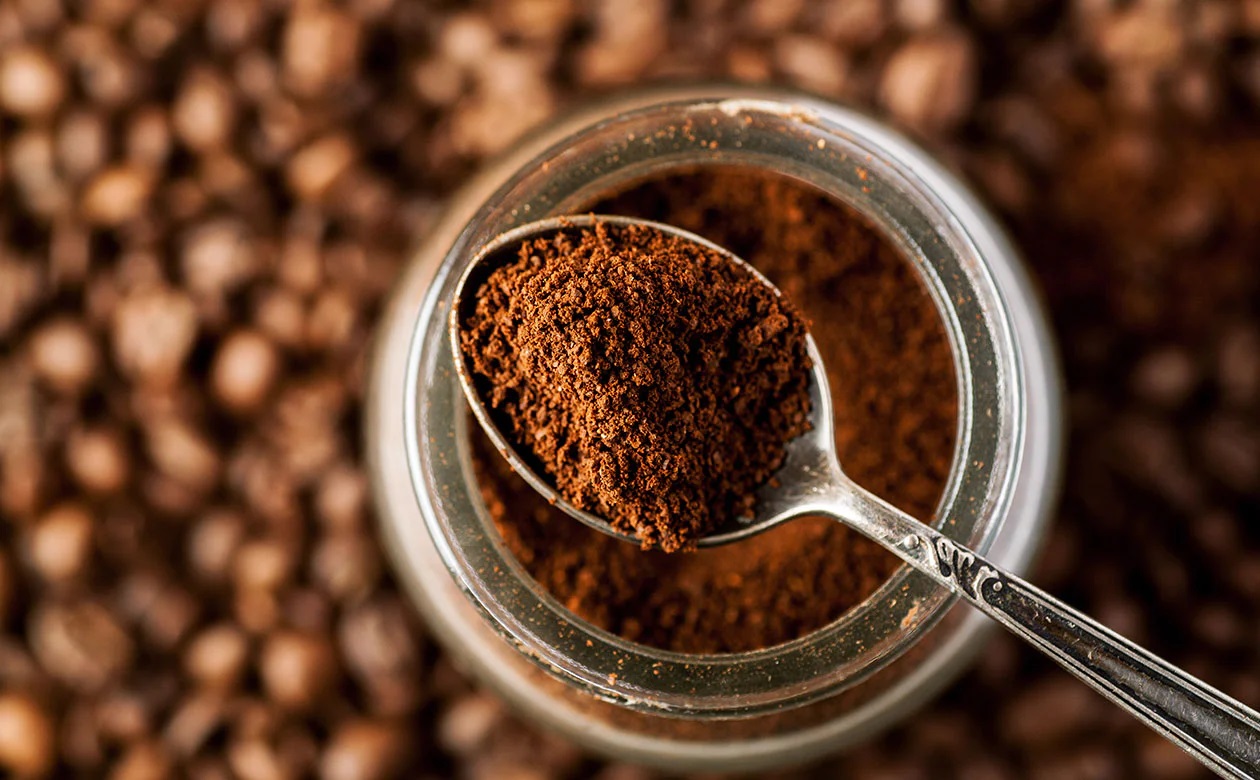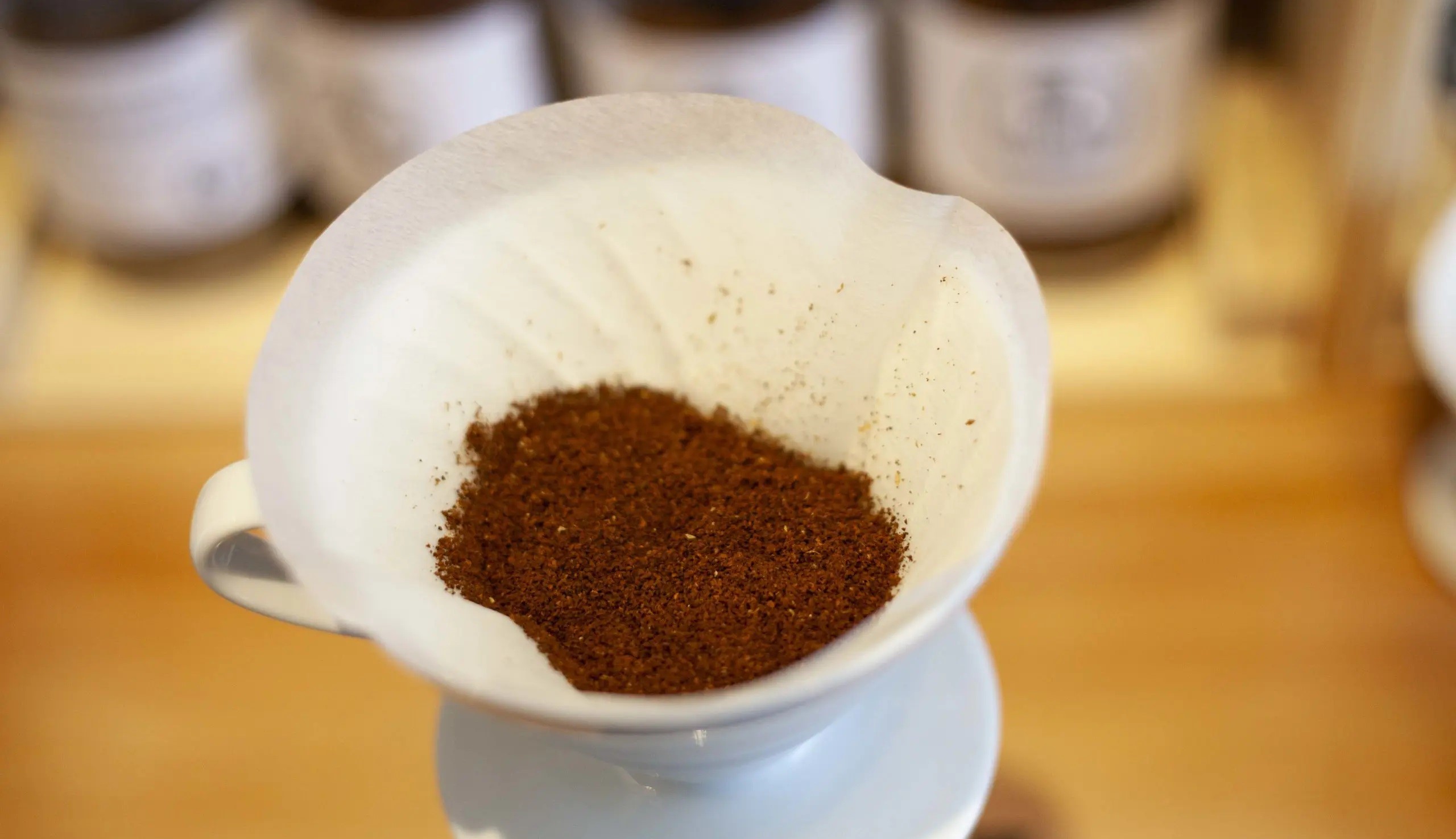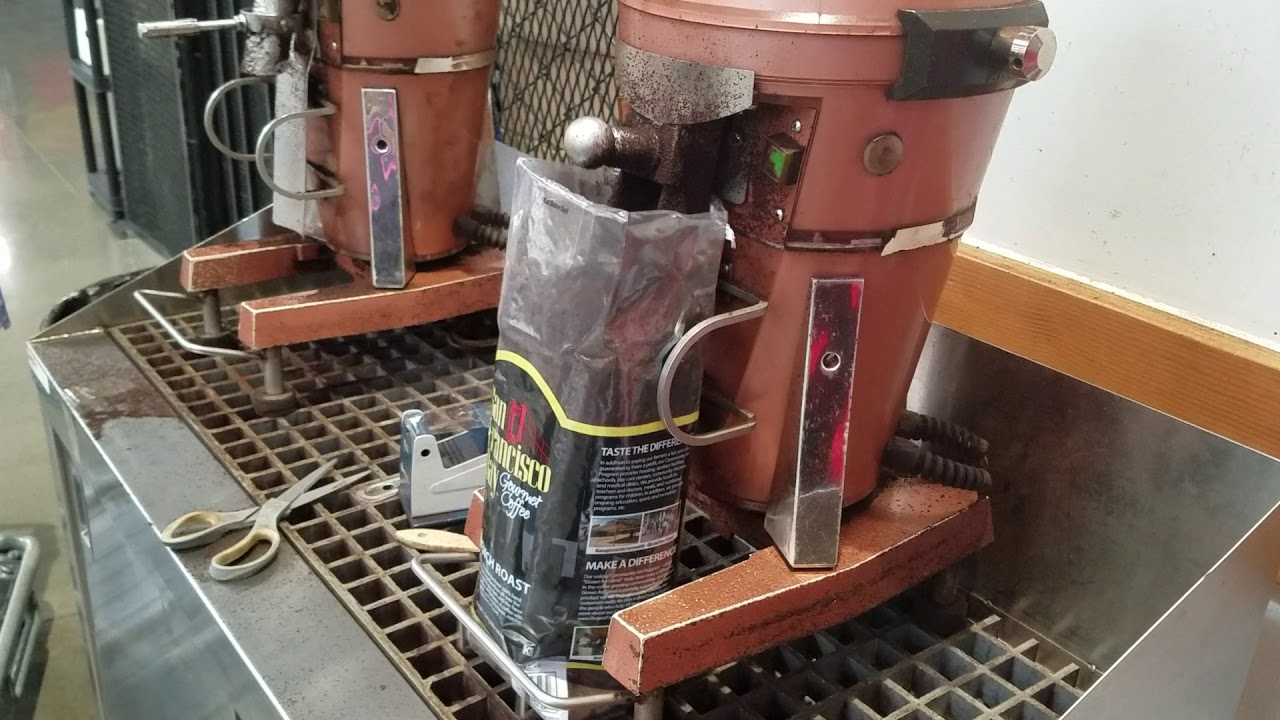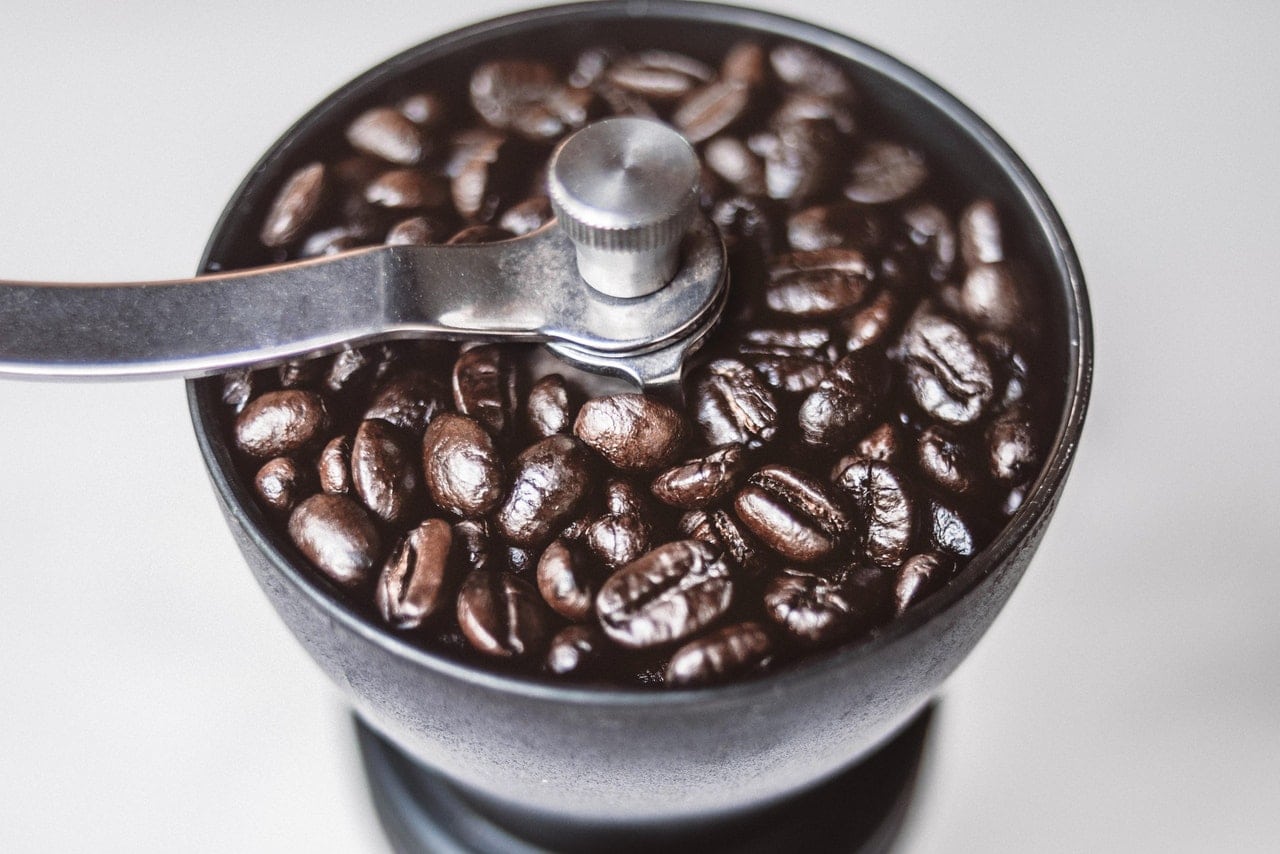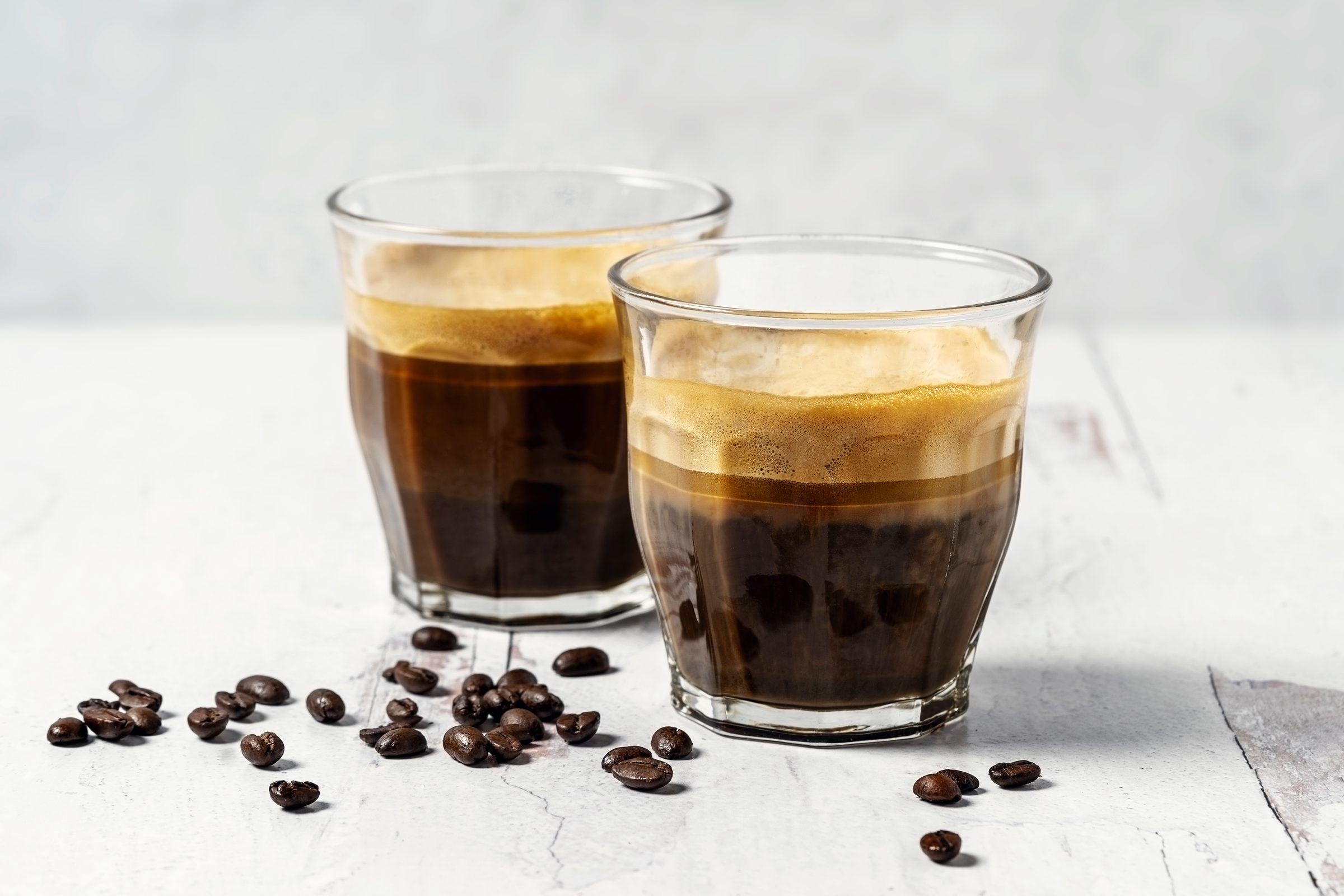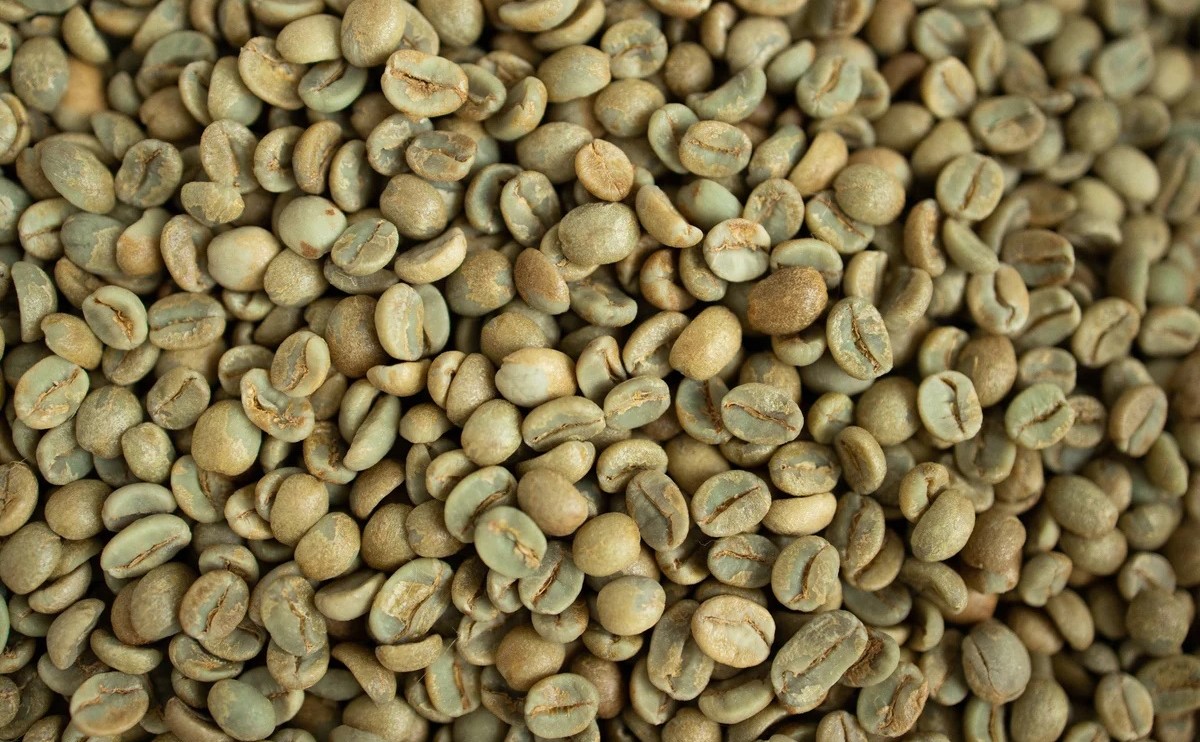Mastering the Art of Grinding Espresso Coffee Beans
For coffee enthusiasts, nothing beats the rich and intense flavor of a well-brewed espresso. One of the key elements in achieving the perfect espresso shot is the grinding of the coffee beans. The grind size and consistency play a crucial role in extracting the flavors and aromas from the beans. If you’re ready to elevate your espresso game, here’s a guide to help you master the art of grinding espresso coffee beans.
Understanding the Importance of Grind Size
When it comes to brewing espresso, grind size matters. The ideal grind size for espresso is finer than that of other brewing methods. A fine grind allows for a slower extraction process, resulting in a concentrated and flavorful shot of espresso. The key is to achieve a grind size that is uniform and consistent to ensure even extraction.
Choosing the Right Grinder
Investing in a high-quality burr grinder is essential for grinding espresso coffee beans. Unlike blade grinders, burr grinders offer precise control over the grind size and produce a more consistent result. Whether you opt for a manual or electric grinder, ensure that it is capable of achieving a fine and uniform grind suitable for espresso brewing.
The Step-by-Step Guide to Grinding Espresso Coffee Beans
Now that you understand the importance of grind size and have the right grinder, it’s time to dive into the step-by-step process of grinding espresso coffee beans.
- Measure the Coffee Beans: Start by measuring the amount of coffee beans you need for your espresso shot. A standard espresso shot typically requires around 18-20 grams of coffee.
- Set the Grind Size: Adjust the grind size on your burr grinder to the finest setting. It may take some experimentation to find the perfect grind size that suits your taste preferences.
- Grind the Beans: Place the measured coffee beans into the grinder and start the grinding process. Hold the portafilter or container beneath the grinder to catch the freshly ground coffee.
- Check the Consistency: Once the grinding is complete, inspect the coffee grounds to ensure that they have a uniform and fine texture. Avoid clumps or uneven particles, as they can affect the extraction process.
- Immediately Brew the Espresso: Freshly ground coffee is at its peak flavor potential, so proceed to brew your espresso immediately after grinding the beans. Tamp the coffee grounds evenly in the portafilter and extract the espresso shot.
Adjusting the Grind for Optimal Results
As you delve into the world of espresso brewing, you may find that slight adjustments to the grind size can significantly impact the flavor and extraction of your espresso shots. Keep in mind that factors such as the type of coffee beans, roast level, and humidity can influence the optimal grind size. Don’t hesitate to experiment with different grind settings to find the perfect balance for your espresso preferences.
Conclusion
Grinding espresso coffee beans is both an art and a science. The process of achieving the perfect grind size and consistency requires patience, precision, and a keen understanding of how it impacts the final cup of espresso. By investing in a quality grinder and mastering the grinding technique, you can elevate your home espresso game and savor the complex flavors locked within the coffee beans.
So, gear up with your burr grinder, source some freshly roasted espresso beans, and embark on the journey of grinding and brewing exceptional espresso right in the comfort of your own kitchen.
